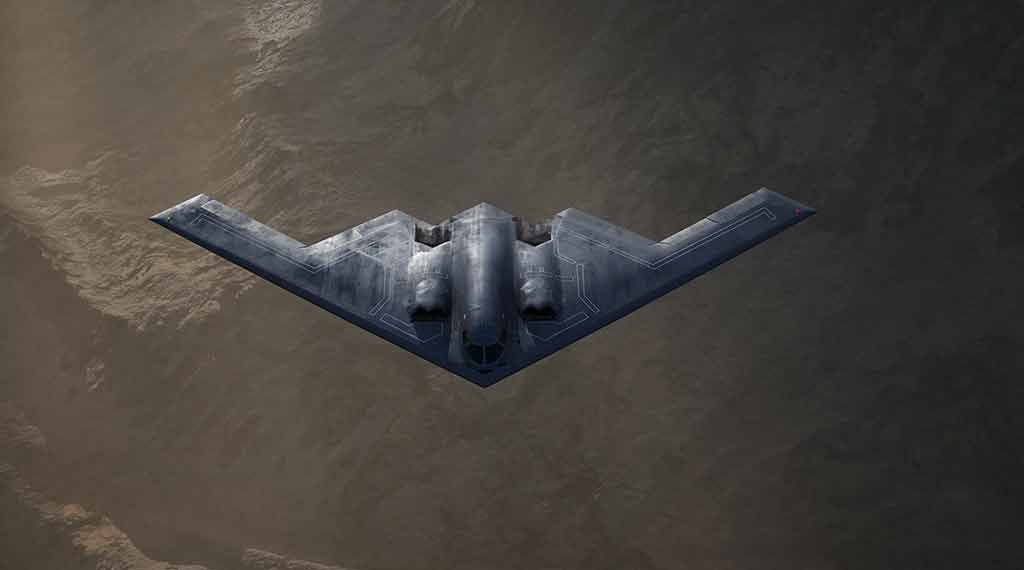How the Air Force’s B-2 bomber nightmare started and won’t ever end

The U.S. Air Force’s B-2 Spirit stealth bomber is a crucial component of America’s nuclear triad, capable of delivering both conventional and nuclear weapons.
Latest posts by Maya Carlin (see all)
- B-2 Stealth Bombers in Diego Garcia Are a Warning to the Houthis and Iran - March 28, 2025
- USS Carl Vinson Carrier Heads to Red Sea to Confront the Houthis - March 25, 2025
- Argentina Has Its Hands Full Countering China’s Illegal Fishing - March 17, 2025
